Tuscany sits on the western coast of Italy and is a region rich in history and heritage, dotted with ancient buildings and sleepy farming communities among the lush and rolling countryside. The hot sun and long, warm days have encouraged a surprising diversity of wildlife to inhabit Tuscany. The more common and expected European animals include hare, deer and wild boar, but there are also scorpions and porcupines inhabiting the area. This makes for a rich and exciting tapestry for wildlife-loving tourists to spot and photograph.
Local Wildlife In Tuscany
-
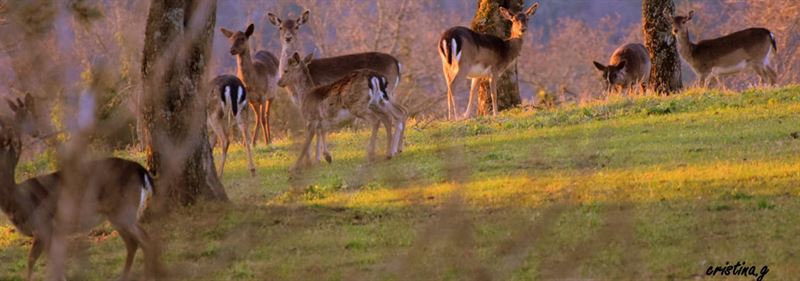
-
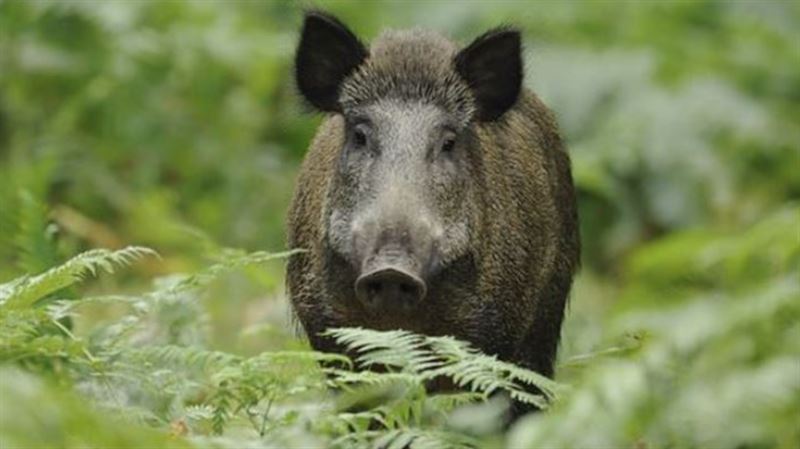
Wild Boar
Wild boar are numerous in Tuscany, and the best time and place to see them is at night near cultivated land. Boar love to feed on grapes in the vineyards. They are hunted between November and January, and boar meat is so popular that one dish - Pappardelle Cinghiale - is known as Tuscany's national dish.
The Tuscan wild boar – or 'cinghiale' – has the dubious double honour of being a local emblem and a local delicacy. It enjoys a measure of protection, particularly in the densely forested slopes of the Maremma and in other regional parks, but the snuffling and foraging which usefully aerates the woodland floor is less welcome in village gardens - or in Tuscany's famous vineyards. Tempted down from the hills by the scent of ripening grapes, wild boar can rip through rows of vines in minutes, causing damage counted in the millions.
Given the animal's reputation as a pest, few locals argue with the need for population control. The hunting season – between mid-September and late-January – remains part of the rural year, particularly for the older generation, and provides a prime ingredient for rich and sustaining recipes.
Your best chance of spotting a wild boar is when driving along a winding country road at dusk. Look for a blackish-grey back, with a slight bristly ridge, hidden in the undergrowth; if the boar ventures out, you'll notice the distinctive, wedge-like silhouette, the animal's long snout and its surprisingly dainty trot. The young are more or less as Walt Disney would have drawn them: cute piglets with pale stripes running through their chocolate-brown fur. Be aware that their mothers may attack if they feel their family is threatened and in any case you should always treat wild boar with extreme caution.
-

Roe and Fallow Deer
There are two species of red deer in Tuscany - roe deer and fallow deer. Both are majestic creatures. It really is worth taking some time to hike in the natural areas of Tuscany, away from the busier tourist routes, as seeing a family of red deer roaming the Tuscan countryside is a truly marvellous experience. In addition to these beautiful animals, you can also admire breathtaking natural landscapes on a hike through the forests and parks of Tuscany. Dusk is when deer venture out, making it the best time to view and photograph them.
The roe deer, known as the 'capriolo' in Italian, can be identified by its small tail, which is only 2cm-3cm in length. As the seasons change in Tuscany, its coat turns from red-brown to thick grey by the winter months. The bucks shed their antlers in November, and these regrow to their full length by May.
The fallow deer's Italian name is 'daino'. It has a distinctive long neck and slim head and a unique set of antlers – a close look reveals tiny spades on the end to help lift objects from the ground. These antlers are shed by May and re-grow during summer. The fallow deer’s coat is often spotted and comes in a variety of beautiful shades of brown.
Although both types of deer prefer to turn out at dusk, you are still likely to see females during daylight hours because their instinct is to protect their young at night. For the very best chance of spotting these graceful animals, look for a location that is rich in blueberries and mushrooms – ideal grazing for deer.
-
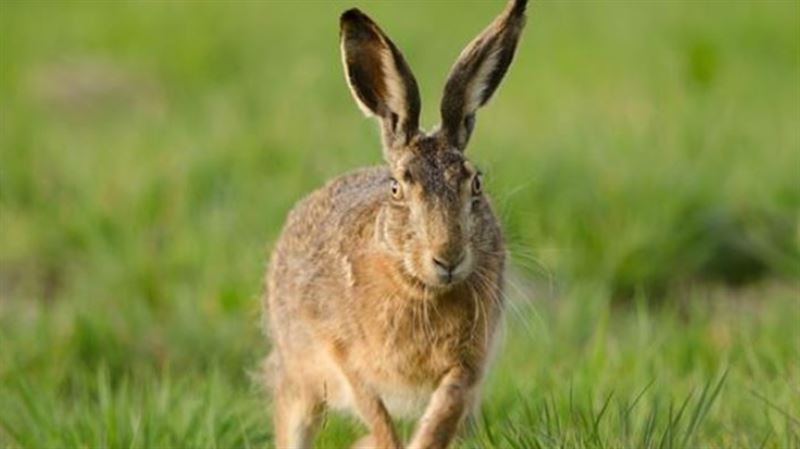
The Hare
One animal you are very likely to spot in Tuscany is the hare. It is much larger than the rabbit, and one easy way to tell them apart is the hare’s bigger, black-tipped ears. The hare's fur is generally a shade between sand and brown, and white on their bellies, though this can vary; for example, hares in the far north of Italy turn white in winter to blend in with the snow.
Its preferred territory is cultivated countryside or level ground within forests, where its incredible ability to turn in different directions at speed is put to good use when fleeing danger. The hare has longer legs than rabbits and more powerful forelegs. This enables it to make sudden changes of direction when running to throw off predators. This trait, known as telemarking, also helps identify hares from rabbits.
Also unlike rabbits, hares do not live beneath ground but in scrapes, small areas of hollowed-out earth where they can lie still. If you spot scrapes around your villa in Tuscany, it is a sure sign that hares are close by.
The best time to look for hares is during the evening and as night falls because they are most active during the hours of darkness, when they feed on plants and mate. Baby hares are called leverets and are born throughout the year.
-
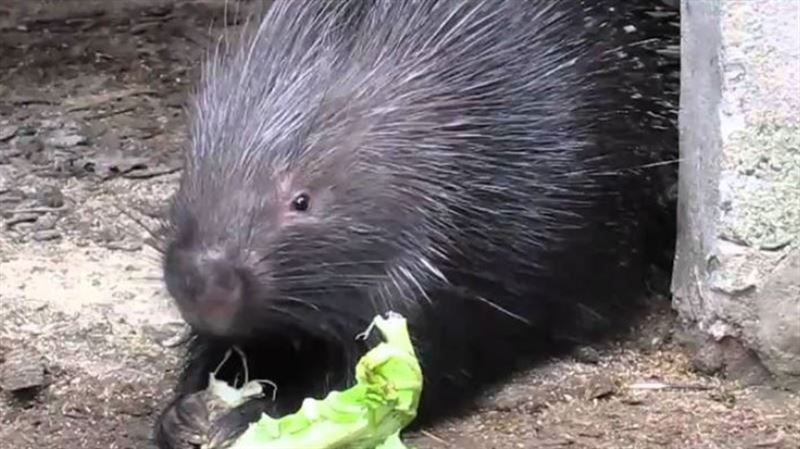
Porcupines
Of all the creatures populating Tuscany, the porcupine can be the most aggressive. Its poor eyesight means it is prepared to attack first and ask questions later. Porcupines are mostly active at night, but if one is spotted during the day it should be left alone. Aggressive behaviour includes grunts, stamping feet and rattling the spines on its tail.
In a region with so many claims to fame, it’s highly unlikely that anyone has ever visited Tuscany for a porcupine-spotting holiday. But, in practice, that works out just fine. For bright-eyed visitors bristling with curiosity about the area’s wildlife, the sight of one of these quietly confident locals is an unexpected highlight. And as for the largely peace-loving ‘istrici’, they are happy to keep a low profile. Safe from all but the most confident predators, they continue doing what they do best: roaming pine woods and farmland with typical rodent resourcefulness.
These quiet creatures are most active between sunset and the early hours of the morning, when acute hearing, sensitive paws and a finely developed sense of smell are more useful than sight, particularly in the burrows and undergrowth that they love. Calm and insouciant by nature, they tend to move at an amble rather than a scuttle; although if you happen to see them at their most impressive, flaring their quills in defence, it’s probably time to get back in the car…
Porcupines can roam over 10 kilometres from their lairs in search of windfall fruits as well as seeds and insects. Their fondness for roots and tubers, combined with an ability to tunnel under fences, infuriates the region’s gardeners, and although porcupines are less destructive than wild boar, they share a notorious appetite for Chianti – or at least the grapes.
-
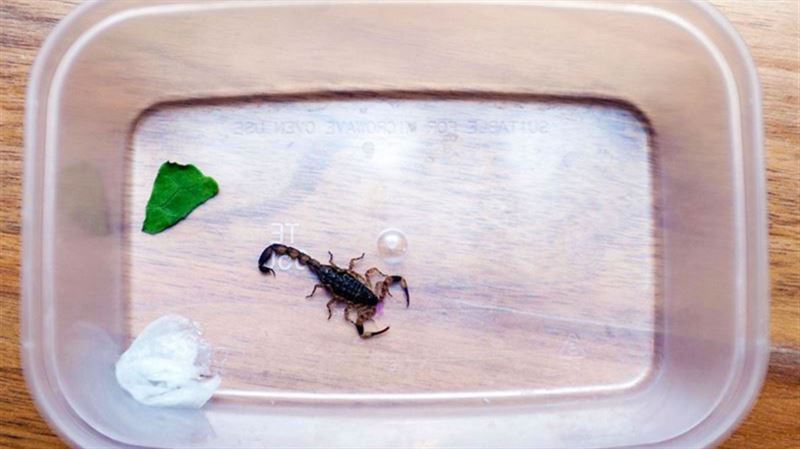
Scorpions in Tuscany, Italy
The scorpions found in Italy and Tuscany are not venomous. They are black and small, rarely growing beyond 30mm in length, and if they do sting, the result is similar to that of a bee or wasp sting. Only people with allergies to insect stings need to take further precautions. If a scorpion is found inside a building, it simply needs to be trapped and removed.
In actual fact, there are about 1,400 species of scorpion in the world, and surprisingly, only 25 of these are fatal to humans, giving the rest a bad name. Thankfully, the species of scorpion you'll find in Europe aren't dangerous, although allergic reactions have been observed in some unlucky victims.
What should I do if I am stung by a scorpion?
Scorpion attacks are relatively rare in Tuscany, but if the worst does happen, then it's important to know how to treat the sting.
First of all, be sure to clean the affected area with soap and water to rid the site of any dirt and bacteria. Elevate the affected limb and apply a cold compress to soothe the swelling. Finally, take some simple pain relief tablets, and within 30 minutes you should notice the pain beginning to subside. If you experience any further symptoms or a child is stung, it's best to be seen by a doctor to be on the safe side.


















